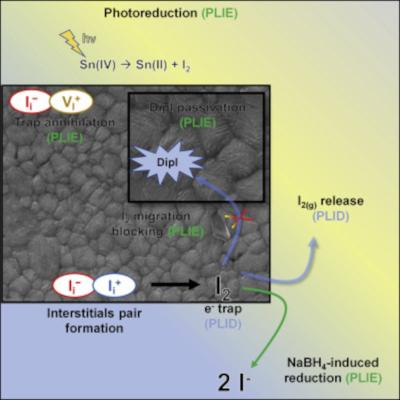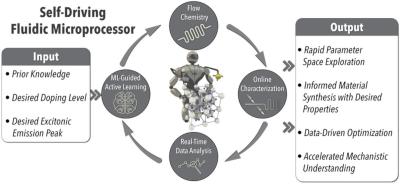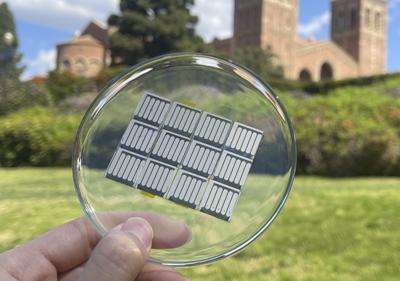EneCoat Technologies receives investment from Mirai Creation Fund III
Japan-based EneCoat Technologies, developer of materials for perovskite solar cells, has received an investment from SPARX Group's Mirai Creation Fund III.
EneCoat intends to use this fundraising round to strengthen its R&D capabilities to help realize carbon neutrality. Its efforts include installing pilot equipment for next-gen perovskite solar cells and accelerating the development of IoT sensors and wearable devices.




